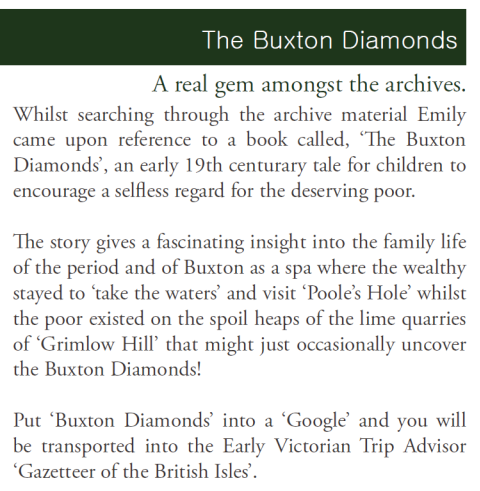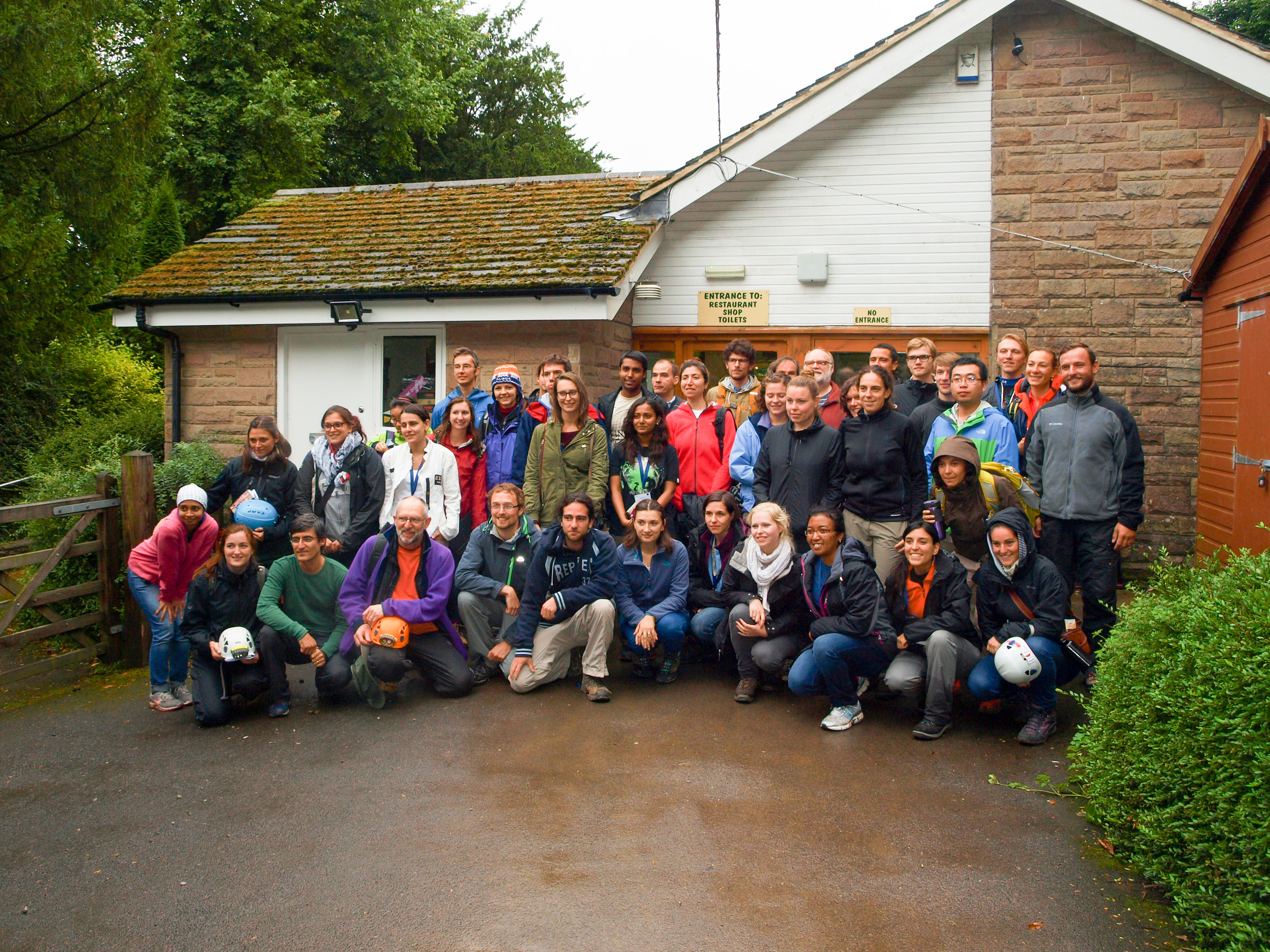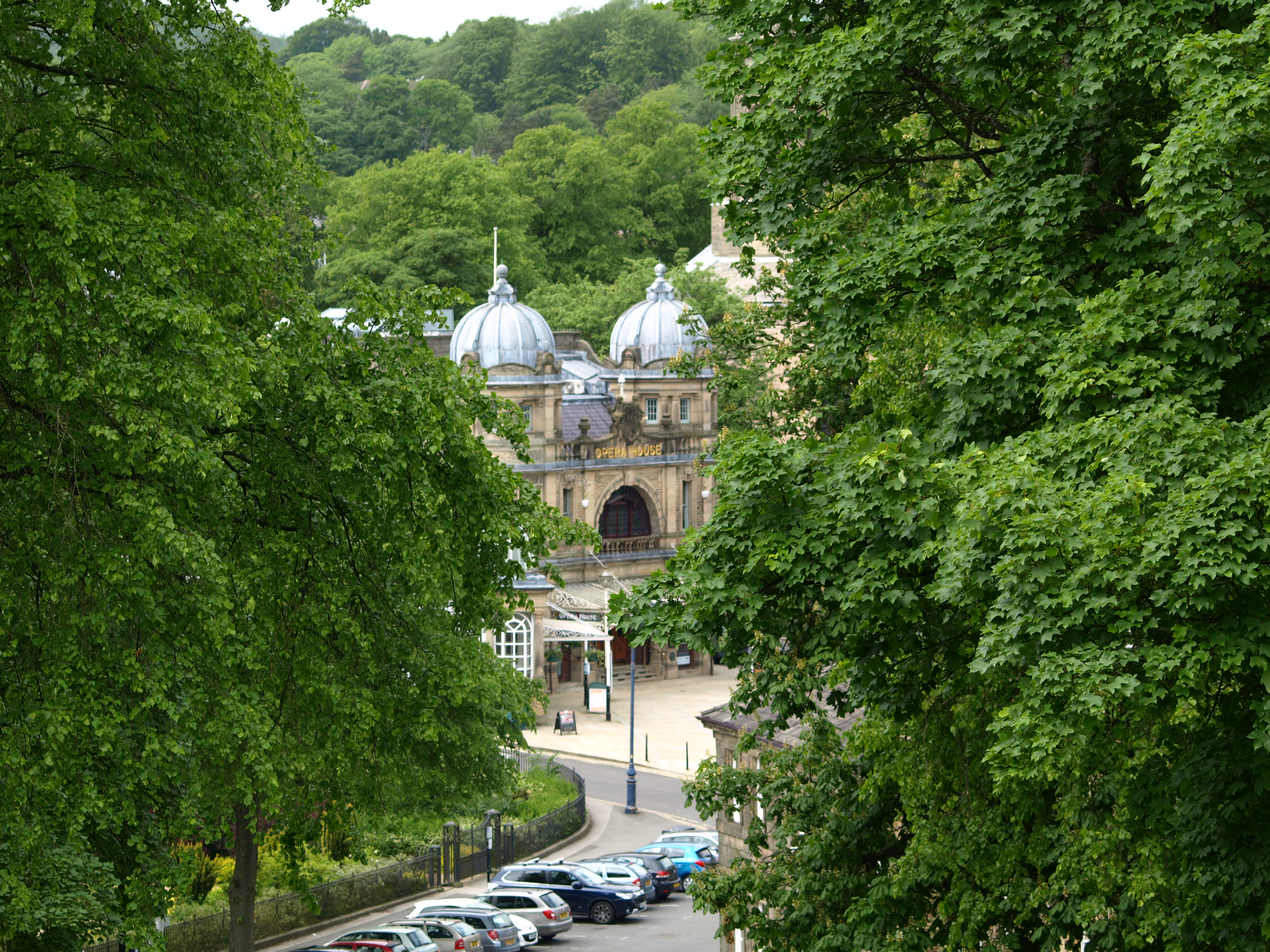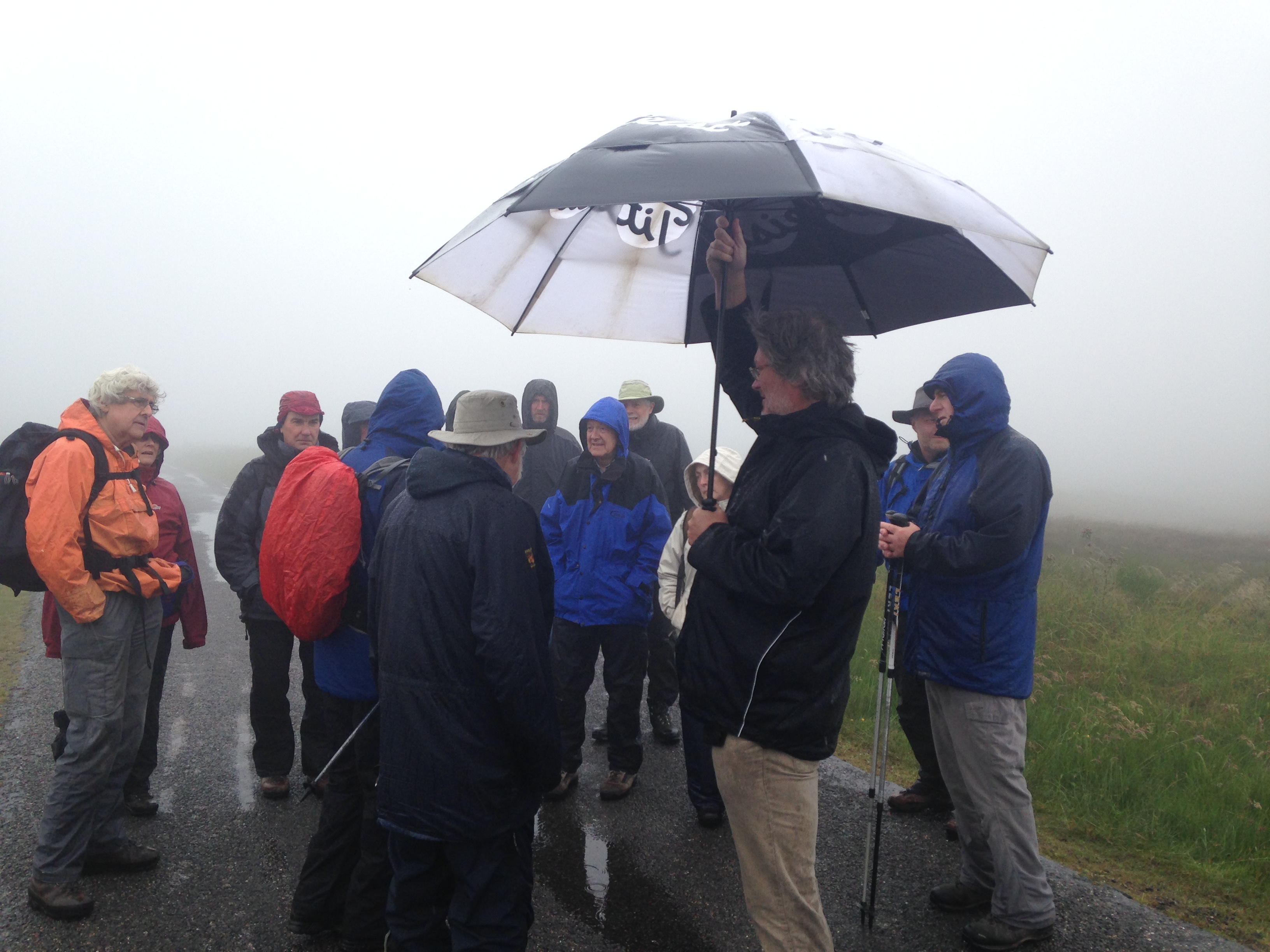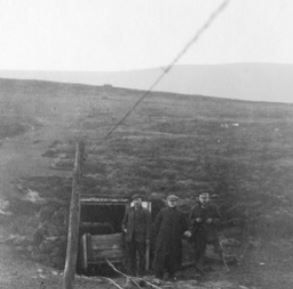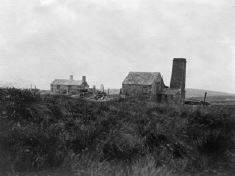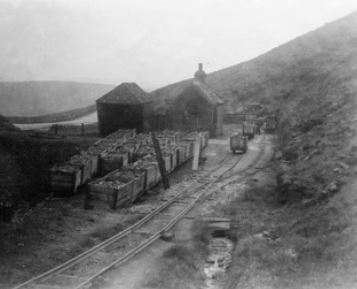Before Aquae Arnemetiae
Dr Ian Parker Heath of Enrichment through Archaeology will give an illustrated talk on the archaeology and pre-history of Buxton and its surroundings before the arrival of the Romans.
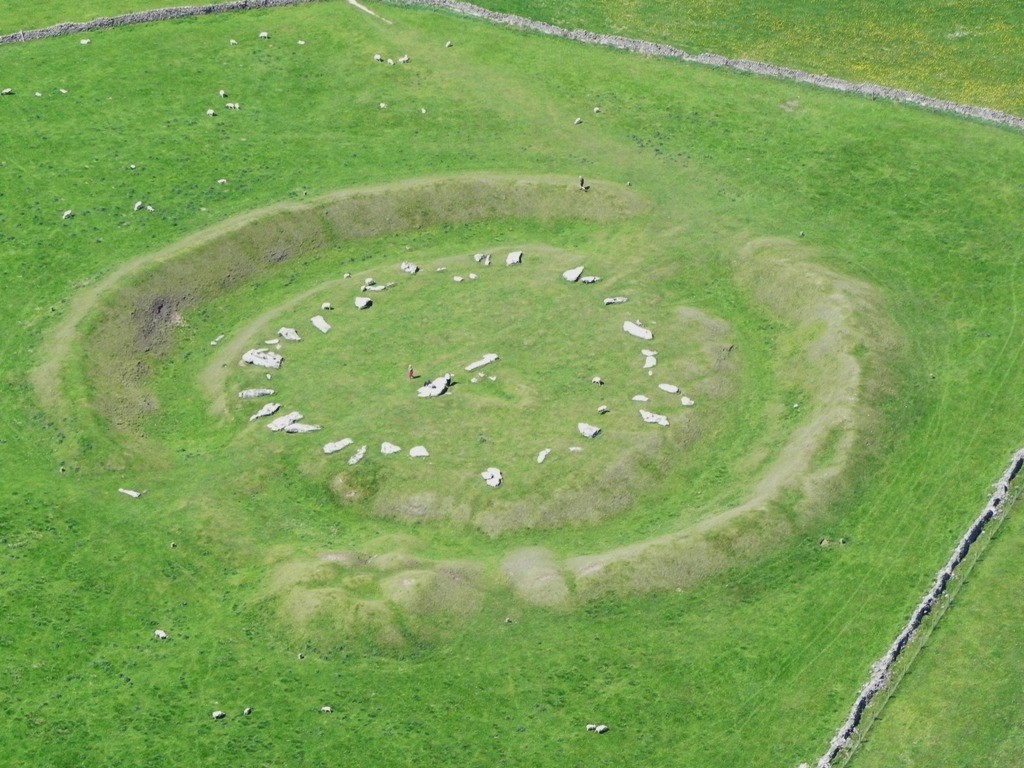
The illustrated talk will be held at Poole's Cavern Visitor Centre on 22nd October, starting at 7.30pm. Members and non-members welcome.
About the Speaker
IAN PARKER HEATH BA (SOTON) MSC PHD (MANC)
Ian graduated from the University of Southampton in 1999 with a degree in Archaeology. During this time he gained valuable experience of working on a number of excavations of Neolithic sites in the Southwest of Scotland directed by Julian Thomas, including the cursus monuments at Holm and Holywood.
Subsequent to his undergraduate degree, Ian undertook a PhD at the University of Manchester under the supervision of Dr Tim Insoll and funded by the AHRB. Following a long standing interest, the subject of this research was ‘The Representation of Islam in British Museums’. During this period, Ian also took part in buildings surveys in the West Bank as a team member of the Medieval & Ottoman Survey, a project supported by the British Academy. An edited version of his PhD was published by BAR Archaeopress in 2007.
Ian has also continued to work on Neolithic sites: he worked on the Dunragit Project (1999-2002), the excavation of a substantial palisaded and pit defined cursus monument near Stranraer; and between 2004 and 2009 he was a supervisor on the Stonehenge Riverside Project, working with Prof Julian Thomas on Durrington Walls, the Stonehenge Cursus and the long barrow, Amesbury G42. For the past 2 years he has been working with Prof Thomas on sites in Herefordshire.
Ian also has in interest in teaching, having taught a number of Archaeology courses at the University of Derby College Buxton. He has a wide-ranging knowledge of the archaeology of the Peak District having run guided tours in the area.
